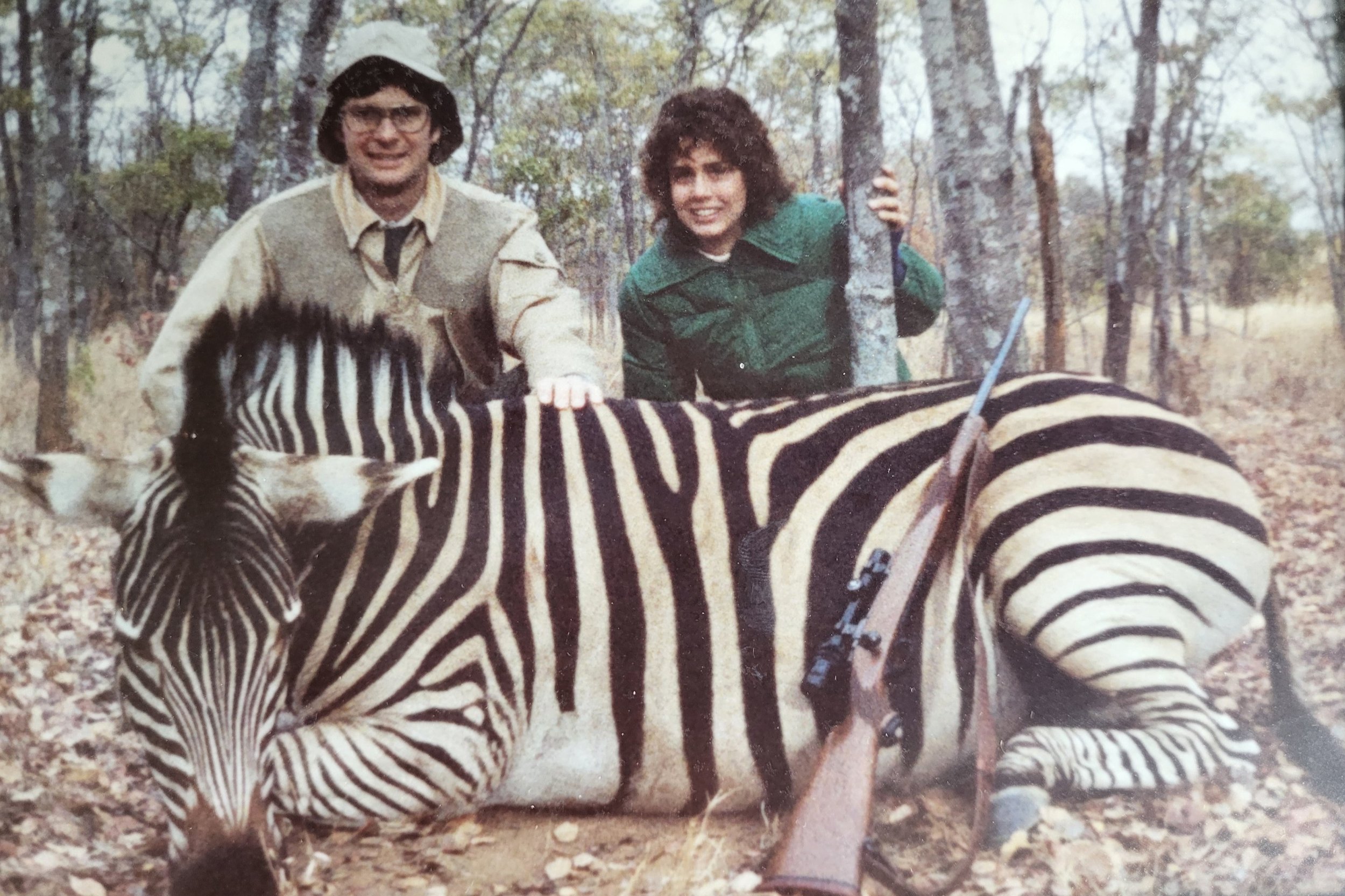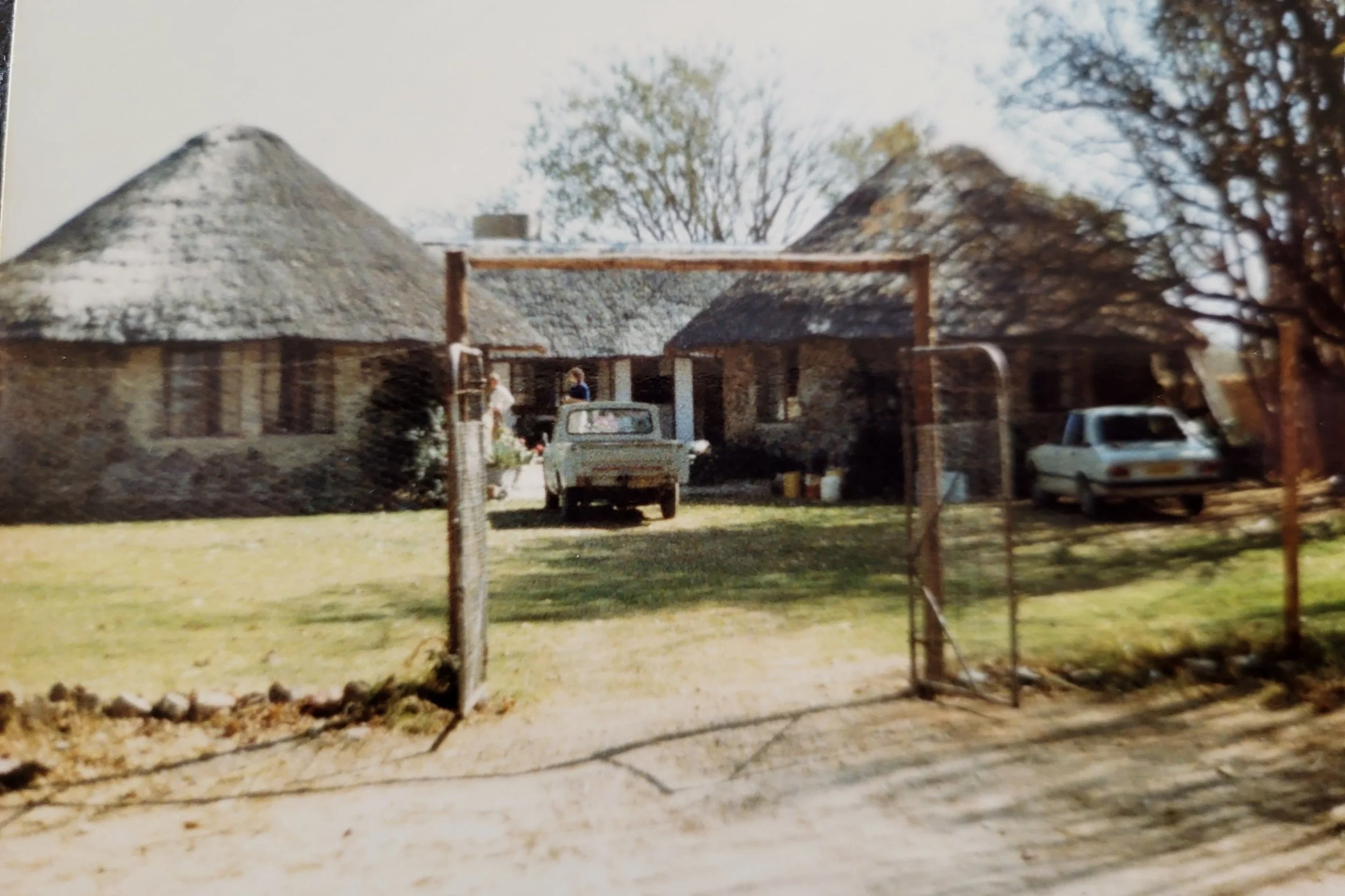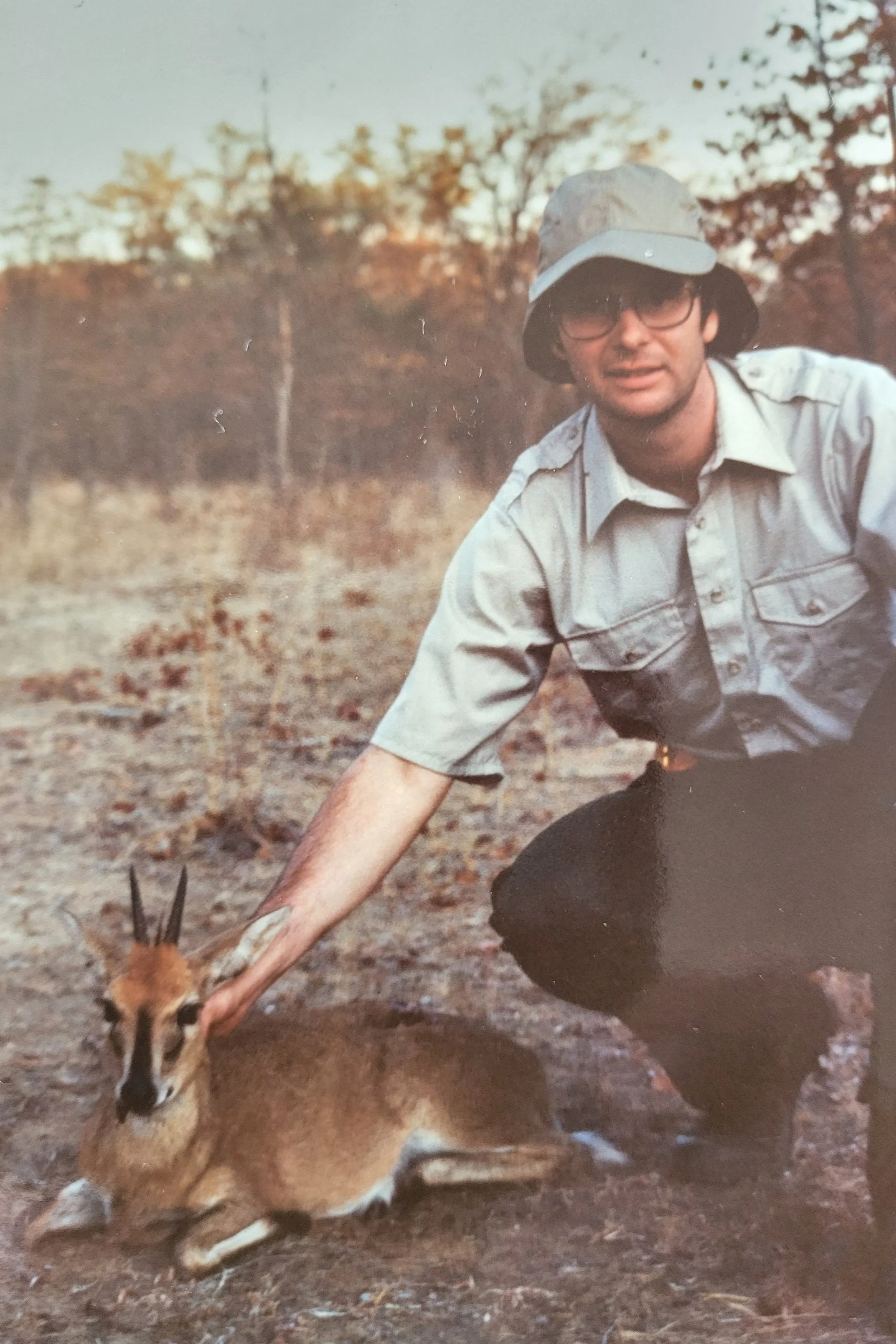40 Years of African Hunting Safaris Memories (Part 1)
Some things have changed, some have not!
My rifle was on a solid rest and the most desired animal of the hunt was in range. High noon on day 7 of 7 with a big kudu bull broadside, it was crunch time and 100% up to me if a once in a lifetime dream was going to happen.
Since childhood I have had a keen interest in Africa starting out with the original Tarzan series and movies starring Steward Granger and Clark Gable filmed in the 1950’s that gave me a false impression of what really went on in Africa with the “boys-go-no-farther-Bwana-this-Msubi-country” and some sort of danger always lurking behind every bush. Fast forward 20+ years and reading O’Conner, Ruark and Capstick, and others fueled my young adult interest and desire. In 1981 I started to plan a hunt for the following year and go to Africa just once and get it out of my system once and for all.
Planning an African hunting safari in 1982 was a lot different than nowadays
The traditional East African countries hunted in the 1960’s-1970’s were in political turmoil and mostly closed to hunting. Plains game hunting in the Republic of South Africa was starting to form but for the most part hunts there were specialized for White Rhino and Common Inyala. An ad for a seven-day plains game hunt in Zimbabwe by a Chicago based travel agent kept appearing in several of the outdoor magazines that included a kudu, impala, warthog, steinbok, and duiker for less than three grand inclusive for one hunter and one observer. The hunting area was unfenced private land within a couple of hours drive from the Harare airport eliminating charter flights with lodging in guest quarters originally built for ranch workers. Not fancy, but clean and comfortable.
My wife was a career biology teacher and in need of continued educational college credits and signed up for an independent study class on African game conservation. At that time tax deductions for educators were liberal and as a result much of the trip was tax deductible. We signed up and departed in mid-July for the long journey. Air travel to any southern African destination at that time used SAA (South African Airways) 747 service to Johannesburg from JFK in New York. SAA was not allowed into most of the other countries' airspace and had to loop around most of the African continent after refueling in the Canary Islands. An overnight in Johannesburg was necessary before proceeding to Harare, Zimbabwe the following morning. Bruce Toms, our PH and land owner, picked us up at the Harare airport and drove us to his ranch near the town of Kwe Kwe.
Arriving in camp, a trip to the improvised range indicated my .270 maintained its zero after the long trip. Bruce expressed concern about using such a light caliber for kudu and the zebra I decided to add at an additional trophy fee.
The first three days were incredibly productive. Two impala rams, steinbok, duiker and zebra were one shot dead in their tracks.
I was excited about the early success but all were secondary to my number one desire – a Greater Kudu. A big bull often referred to as the grey ghost can exceed 600 pounds, stand five feet at the shoulder, and can carry massive corkscrew horns which measure four feet plus on mature bulls. Like an old whitetail buck, he feeds after dark and typically beds down in thick brush during the day.
Spotting kudu during the first six days was no problem but never THE kudu. I began to wonder if a big bull even existed in the vast area we hunted. On mid-morning of day seven we low geared around a tongue of trees where three kudu bulls, including a big one, stood in a distant clearing. The two young ones cut to the left and the patriarch trotted away alerted but not spooked, I was beside myself and began to sweat more than the midday heat accounted for.
Bruce was sitting on the ground alongside the Land Rover glassing in the direction the kudu had gone. He motioned me to get out and sit down beside him. He whispered, “Follow exactly as I do, pick up your bloody feed and do not make a sound.” In single file, Bruce leading, we proceeded by squat-crawling / butt scooting like two crabs left on the beach during low tide. After about an hour of this Bruce motioned me alongside. He patted my back and motioned to rest my rifle in a bush, and whispered, “there he is. Take your time, he is not spooked.” Although I needed to shoot through the brush, a clear shooting window was open and I placed the crosshairs on his shoulder and slowly squeezed the trigger as if my life depended on it. Still the shot came as a surprise, the loud kerwhap of the Nosler striking echoed back! The kudu stood for a second then collapsed and was down for keeps. Memories of my kudu are well preserved on film and the shoulder mount that has been a focal point among other African fauna that has accumulated over the last 40 years.
How things have changed in 40 years
Communication. In 1982 email or even fax machines did not exist nor did express mail such as FedEx or similar services. African hunts were pretty much handled by a select few big city travel agents that had partners in Africa that were often travel agents that had established programs with land owners and communication between the US and Africa was by Telex. Phone calls via land lines were possible, but time difference combined with poor connections presented a challenge.
Nowadays agents can communicate easily via email and many of the large lodge type of operations found in RSA book direct through their website and many market by exhibiting at SCI Conventions and Chapter Fundraisers.
Prices. The daily rate in 1982 for plains game was in the $200.00 range and has since doubled in 40 years, which has not greatly impacted the overall trip cost. Trophy fees have gone up ten-fold as a minimum and much higher for many animals. The value this puts on game animals allows them to compete with habitat reducing agriculture and development. A strain on the visiting hunters pocket book but confirms the statement “if it pays it stays’” and eliminates the “shoot several” then keep the largest set of horns a practice when trophy fees were low.
Payment. Daily rate was prepaid in advance to the US agent and any additional charges in Africa were normally paid using Travelers Checks!
Airfare. In 1982 the R-T air from JFK -Johannesburg was in the $1,800.00 range plus any required connections. 40 years later it is about the same and at times a little less. In 2021 I snagged a R-T ticket from Grand Rapids, MI – Johannesburg for $970.00 Go figure, it pays to look at options!
Summary. Regardless of changes and challenges, the value of going on an African hunt is still one of the best bangs for the buck hunting experience you can invest in. If you want to go now is the time, you will not regret it.
Like anything, first impressions set the tone when you arrive and meet your PH and camp staff. Show up wearing a safari hat with a zebra skin band and you will be immediately classified as a dude. A safari hat with a fake zebra skin band and you will be remembered as a super dude. Just be yourself and listen to your PH and everything will be great!





